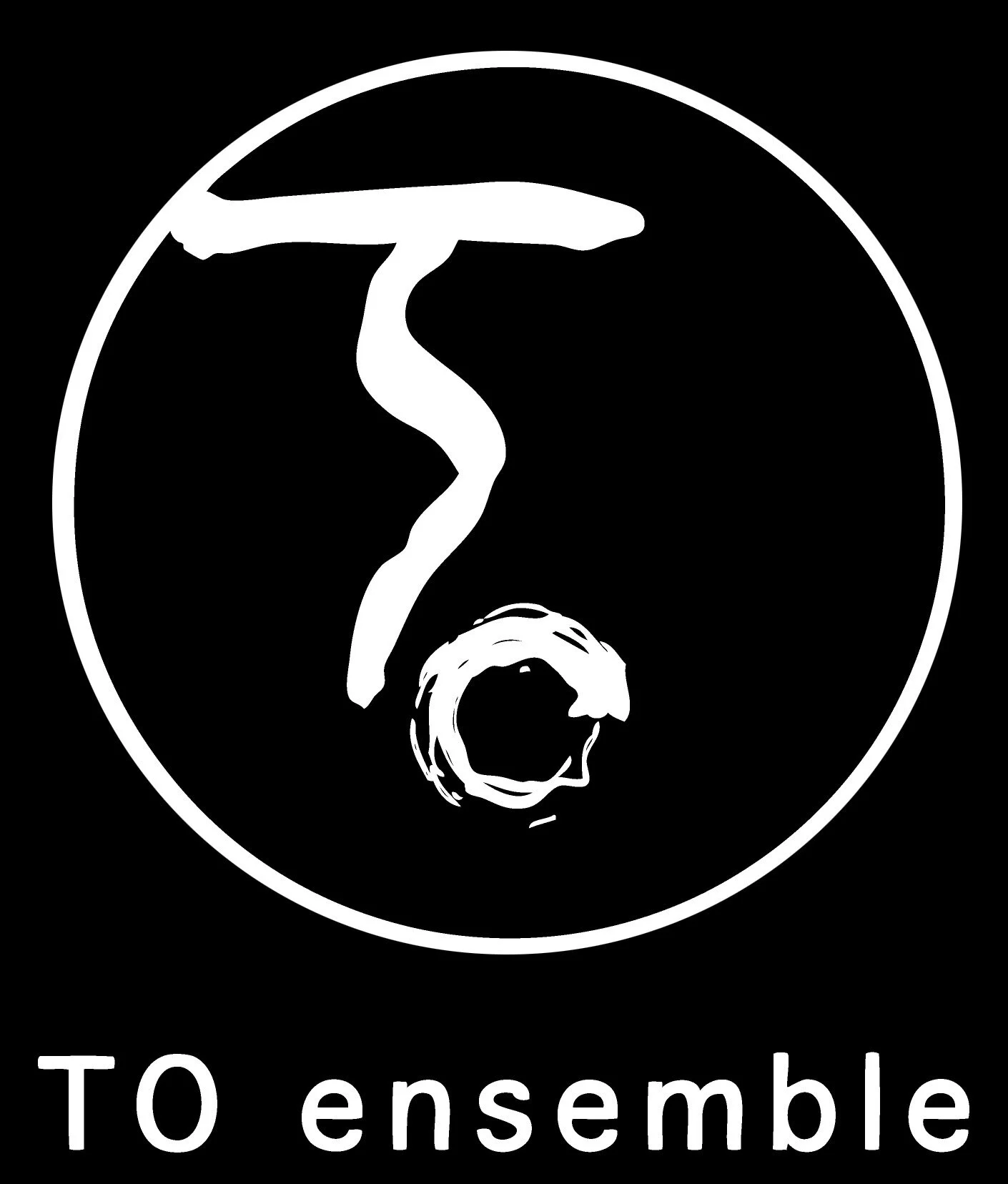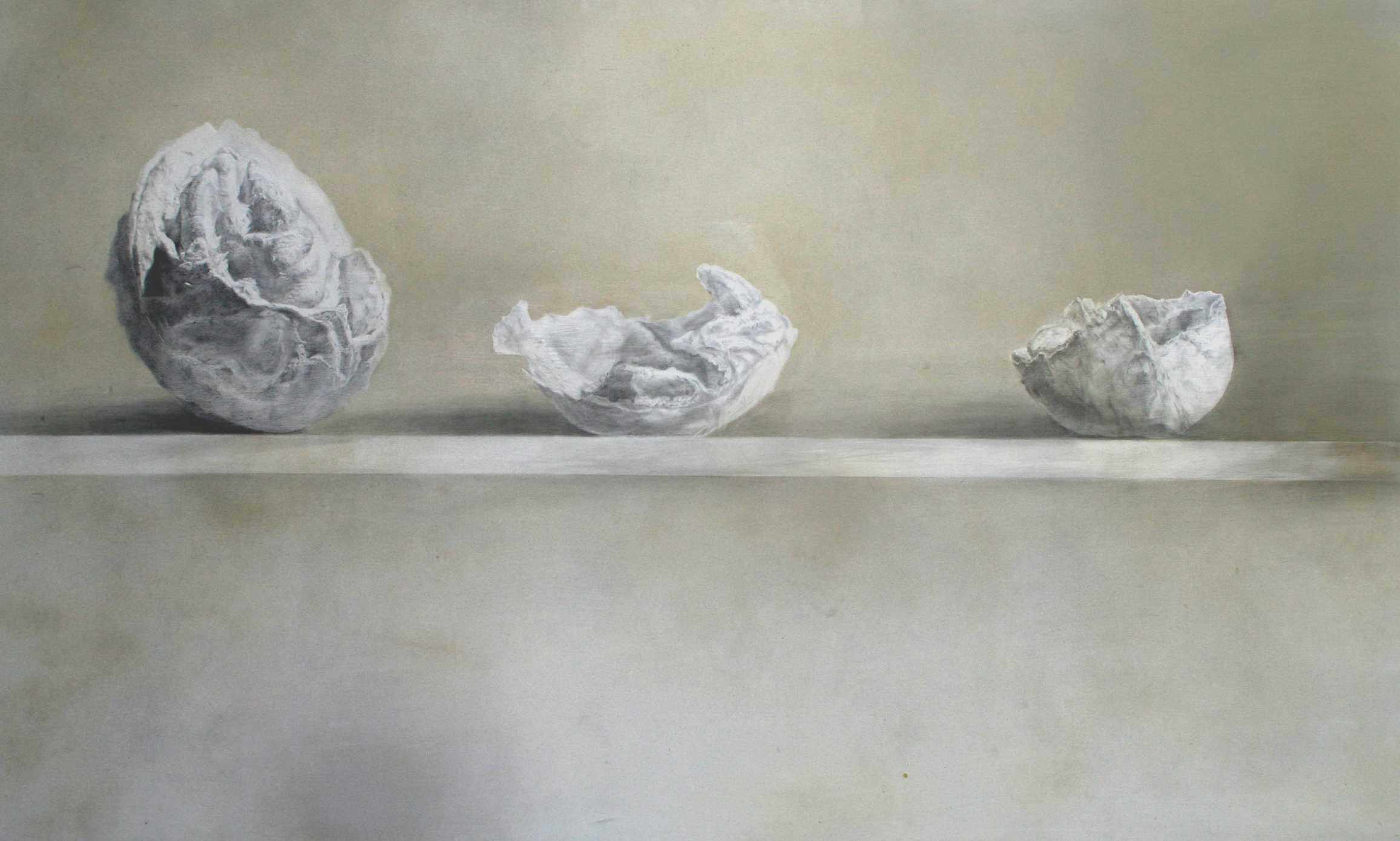Chen Wei Sha
Chen Weisha is a visual artist originating from Qingdao, a city in the Shandong Province of China. She grew up doing Chinese painting, before expanding her repertoire and picking up drawing and different forms of painting. Currently, she teaches children art, secondary school art, and adult art in Singapore. She parts the curtains for us to take a look at the behind-the-scenes of her artistic process and talks to us about improvisational art, mixed media, color theory and art therapy.
Weisha I think the first thing that really strikes someone who views your work is just how varied it is… is there a way you classify these works for yourself?
I have two kinds of pieces: my larger ones and smaller sketches that I do in a sketchbook. Sketchbooks don’t have shadows of the big piece of work, and they are usually very different. For the sketches, I use simple materials such as pencils, pen, and markers to describe the daily subject matters in my sketchbook, it is like a diary for me. Instead of using language and writing, I use my pen to express my daily observation. On the other hand, for the big works I use a greater variety of mediums.
How do you go about creating all these different art works?
My work is usually improvisational for both categories of work. I have 3 general steps that I usually take. First, I will see an object, not go searching for one but if I see something interesting as I’m walking around, I will pick it up. Second, I will put it in a different environment compositions or in some combination of different objects – usually I use a single type of object for one piece. Last, I will take a picture of it and draw.
For example, if you look at my Fishbone piece it is actually made from discarded materials. I was putting the big piece at the start and throwing the rest below it. As a result, the general shape of a fish was formed accidently. I glued paper money together to form the background of the fish.
You see, I usually let chance take over and just go for it. The subject matter that I draw always discovered by chance. This is what I mean when I say I start with improvisation and end with improvisation.
So do all of your art works go through this process?
No not really. One time, I had a dream of Einstein, so the next day I went to MacDonalds and started sketching him. Over the course of a total of 13 hours at MacDonalds, though not all at the same time, I sketched out the portrait of Einstein.
One of my main artistic attempts is to talk about those unimportant things and the things that people usually ignore. When I first just came to Singapore everything and everyone was new to me so I felt scared and felt that I was not important in this place. That’s why I decided to make art about these unimportant things because it’s like it’s about myself. So, in my art I put familiar things in an unfamiliar environment to unfamiliarize it
I notice many of your works are monochromatic. What’s the reason for that?
Black and white and monochrome takes away a sense of time and space. Black and white is the beginning, and black and the white is the end. All the colorful things come after black and white. I feel like with monochrome there’s a timelessness because colors go out of time and trend; different shades of colors indicate a certain time period, color is always associated with a certain time.
My use of monochrome is also tied to an idea I explore in my art: existentialism, or the idea that everything starts from nothingness.
Is there a particular artist who has inspired you?
Andrew Gwyeth. Wyeth was known as one of the best realist painters of the American regionalist style. His works fully expressed the harmony and interactions between Man and Nature; the simple/down-to-earth subjects he painted often stirred my longing for home and nature. In terms of technique, I really admire his refined ability to create many layers of atmosphere, the way he emphasizes tension and drama, to create a feeling of infinite possibilities that exists within a seemingly ordinary space/scene. In a similar way, in my works I use familiar and normal inanimate objects to create a sense of unfamiliarity and something distant.
You mentioned earlier that a lot of the unfamiliarity you try to capture is reflective of what you felt when you moved to Singapore. Is it very different staying in Qingdao and staying here, and does that affect your work?
There’s a lot of difference. Qingdao has a lot more color. Just because the rooftop is all red and the trees are all green, the ocean and seas are blue, the city feels very colorful and happy. You can see the green red and blue from on top of Qingdao. We still can find very old houses, but its getting lesser and lesser.
Qingdao also has the 4 seasons, whereas Singapore only has summer. In Qingdao there were a lot of colors. When I looked at the wall I see many different colors – warm gray, cold gray. There I can imagine how impressionism and post-impressionism can be done. In school I learnt about post impressionism and Russian painting styles, how to mix different tones of gray. We were trained to be concerned about lighting, the part near the lighting will be cool, part away will be warm, so there is a balance of warm and cool colors, which is very important in color theory.
So how would you say your childhood in Qingdao has affected your work?
I was influenced by what I learnt in Qingdao a lot because I learnt all the color theory and technical things from high school in China. Learnt a lot from teachers, peers and friends. I had the chance to go out a lot for outdoor sketching – that’s why I love nature things and natural shapes. I didn’t realize I liked textured things and close up things until I came to Singapore.
I used to do Chinese painting when I was 4 years, did for 8 years until I was 12, then I started learning drawing and painting because I needed to learn more skills to be able to go to art high school. I do feel like the skill I built through Chinese painting was very important as it helped me with the strength of my hand and how do I use the pencil, how do I hold the pencil, how much strength do I use on the rice paper and on the normal paper
What do you hope people take away from your art?
I do art more for myself, I don’t really intend for people to understand my work or take away anything specific from them. A few years ago I wanted people to appreciate my drawing skills. Now not really, I think skill is important but I don’t care so much
I do hope people appreciate the calm, and art therapy. My dream job is actually to become an art therapist. When people explore different art materials, I want them to feel calm and meditative.
What got you interested in art therapy?
Actually there is a story behind why I want to become an art therapist. I used to teach a student who had mild autism. He got really angry once when his father asked him to spell. He threw away all the pencils and things. Then when I came for his art lesson and asked him to draw, to start drawing whatever he likes, he calmed down in 5 minutes. He’s a very interesting boy, and he loves animals so much. He drew over 200 elephants, and each elephant was different. He really improved over the 2 years.












